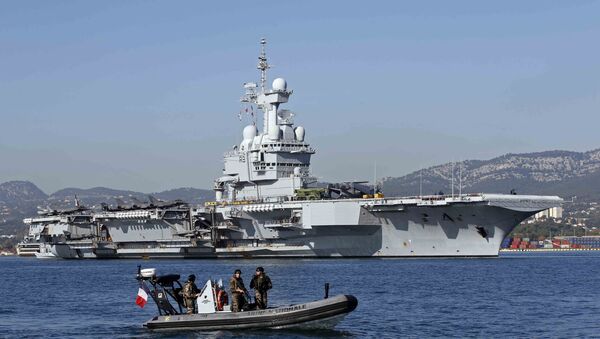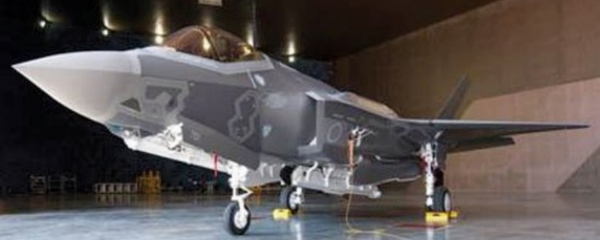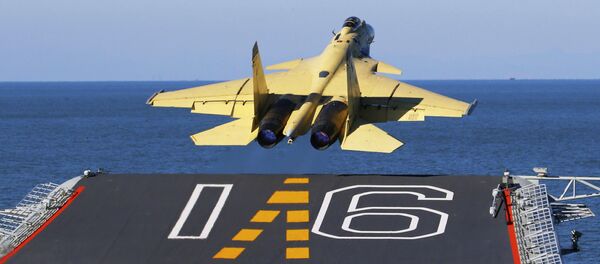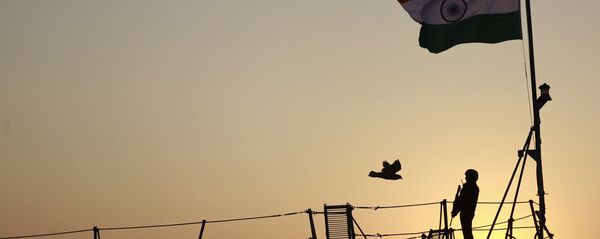Modi's annual summit with Japanese Prime Minister Shinzo Abe is on Sunday, and while they will discuss many things before Abe makes a reciprocal visit to New Delhi next month, the Acquisition and Cross Servicing Agreement stands out as a definitive move against their mutual adversary, China, Asia Times reported.
Abe has long sought to expand the scope of his country's armed forces. His agenda has long been limited by the existence of Article 9 in the Japanese Constitution, a so-called pacifism clause inserted by the US after World War II in order to muzzle Japan's ability to engage in offensive military action. Accordingly, Japan doesn't have a military but a "self-defense force," the JSDF.
In 2015, Abe's Liberal Democratic Party passed a series of laws that would allow the JSDF to participate in foreign conflicts, Sputnik reported. Following snap elections last October, he again indicated his desire to amend the Japanese Constitution to remove Article 9, which reads, "The Japanese people forever renounce war as a sovereign right of the nation and the threat or use of force as means of settling international disputes."
The article adds that Japan may not maintain "land, sea and air forces, as well as other war potential."
However, that doesn't seem to be standing in the way of Japanese naval vessels winning the ability to use India's naval bases in the Andaman and Nicobar Islands to refuel and get other services. India's navy will get to do the same in Japanese bases.
Asia Times notes that India's Andaman and Nicobar Command dates to 2001 and was established to keep a watchful eye on the eastern Indian Ocean, particularly on China's growing naval influence. The socialist country is in the midst of a massive naval expansion, constructing a blue water navy and at least three aircraft carriers, the second of which is presently undergoing its final preparations for active service.
"The United States has been trying to create a kind of anti-China alliance around the Indian Ocean and the South China Sea," Vijay Prashad, historian and author of the book "The Darker Nations: A People's History of the Third World," told Sputnik Friday. "The obvious ally would have been Australia, but the Australians are very, very — even the right-wing government of Australia — is very averse to anything that would anger the Chinese. Trade between Australia and China has been growing rapidly," with China now Australia's largest trading partner, "so Australia is off the table."
However, despite the anticipated Sunday agreement, Japan still doesn't figure into that plan except insofar as the archipelago serves as "an aircraft carrier for the United States," because "unless Article 9 of the constitution is changed, Japan is no military threat to China," Prashad said. "At the end of the day, you have a few Japanese ships in the Indian Ocean."
The Chinese People's Liberation Army-Navy has been expanding its reach into the Indian Ocean, too, conducting a live-fire exercise in the waterway's west in August 2017 the same month it opened its first overseas naval base in Djibouti, at the entrance to the Red Sea from the Indian Ocean. In January they announced their intention to open a second base in western Pakistan, near the city of Gwadar, Sputnik reported.
Earlier this month, China dispatched a Type 039A Yuan class attack submarine along with a submarine research vessel in the eastern Indian Ocean, ostensibly on an anti-piracy mission, The Diplomat noted.
It's no surprise, either, that the Indian Ocean is getting so much attention. Not merely the threat of piracy, but that of disruption from other powers, must weigh on the minds of great and upcoming powers. Nearly 70 percent of all container traffic going to and from Asia's industrialized nations passes through the Indian Ocean as well as 60 percent of the world's oil shipments, Asia Times notes.
However, Japan and China aren't the only countries looking to expand their control over the Indian Ocean militarily. On October 20, French Defense Minister Florence Parly announced her country's intent to send its only aircraft carrier, the 42,500-ton Charles de Gaulle, to the waterway next year.
The carrier is presently being renovated in the southern French port of Toulon, but will be sent in 2019 to Reunion Island, a French Department east of Madagascar, to safeguard French interests in the region.
France "has always stood in the front line in defence of the inalienable right of freedom of navigation in international waters," Parly told La Provence newspaper."Whenever there are infringements of this fundamental principle of international law, as is currently the case in southern China, we shall make a show of our freedom to act and sail in such waters."
In May, French President Emmanuel Macron said during a trip to Australia that no one country could be allowed to dominate the region and called up Australia and India to help France protect the region from Chinese "hegemony," AFP reported.
"France is the most aggressive player in the Indian Ocean, and gets a free pass because everybody views the French as a sort of has been, whether it's in Africa or in the Indian Ocean," Prashad said. France has 16 bases in the Indian Ocean, situated on the various overseas departments and territories it controls. Its Exclusive Economic Zone encompasses 2.6 million square kilometers, Asia Times noted.
The move follows a defense agreement between France and India penned in March that is similar in some respects to that Abe and Modi will take up Sunday, including joint logistics support and training exercises.
However, the agreement also includes collaboration between the French and Indian space agencies, the Indian Space Research Organisation (ISRO) and Central National D'Etudes Spatiales (CNES), on sharing monitoring data for naval vessels in their respective regions of interest, New Statesman notes.






